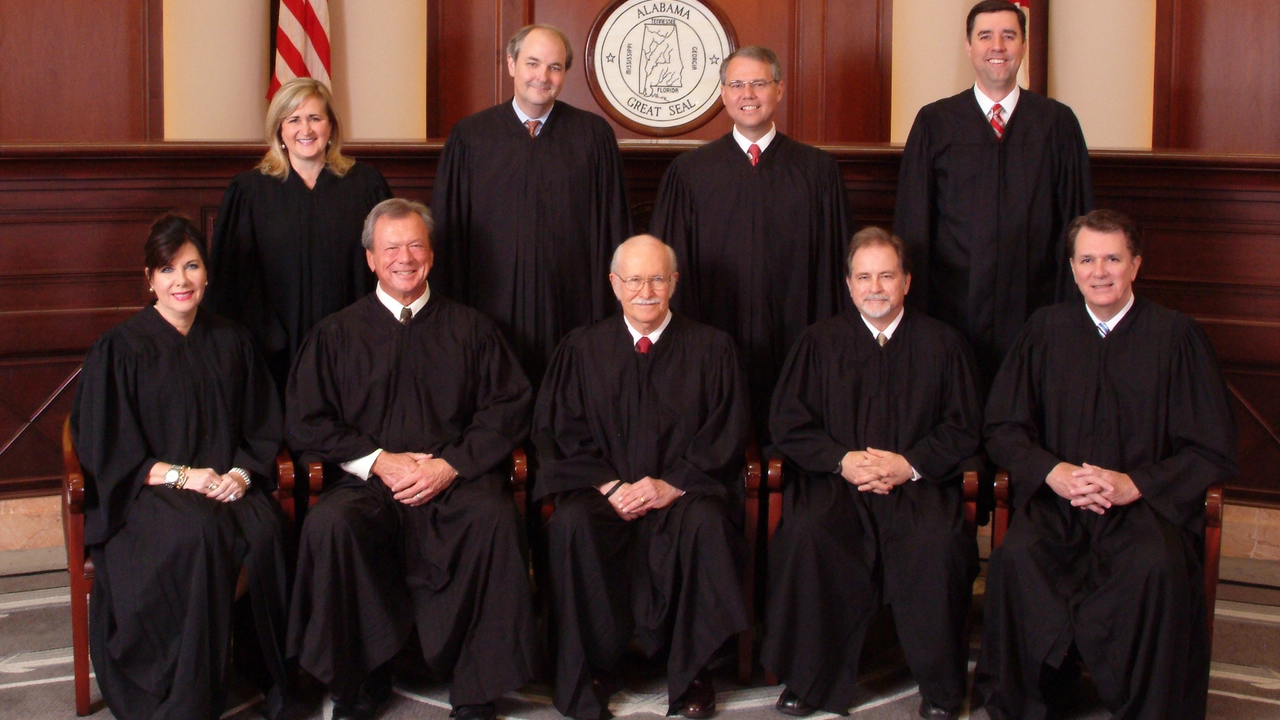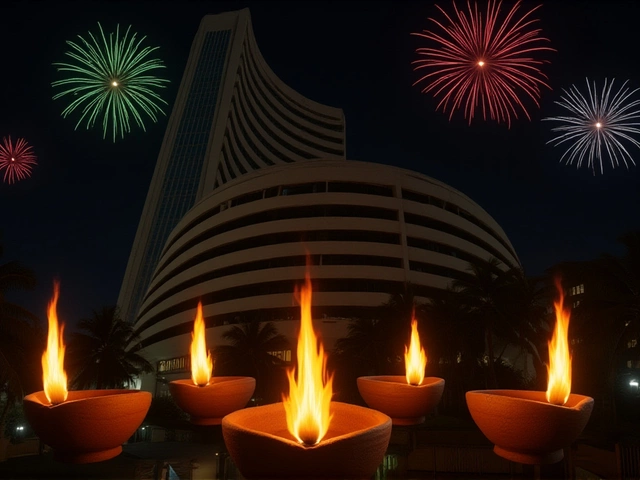Arya Samaj Marriages – What You Need to Know
If you’re looking for a Hindu wedding that skips the long rituals but keeps the core values, an Arya Samaj marriage might be the answer. It’s a reform‑driven ceremony that focuses on simplicity, equality, and social progress. Below we break down the main features, legal requirements, and practical tips so you can decide if this style fits your family.
Key Features of an Arya Samaj Wedding
First off, an Arya Samaj ceremony is much shorter than a traditional Vedic wedding. Instead of a full‑day affair, you can expect a ceremony that lasts around an hour. The priest reads a few verses from the Vedas, the couple takes the phere (seven circles) around the fire, and a small group of witnesses signs the marriage register.
Equality is a big selling point. Both partners sit side by side, and there’s no special role for the bride’s family versus the groom’s. The focus is on the couple’s commitment, not on elaborate dowry customs or gender‑based rites.
Because Arya Samaj is a reform movement, it welcomes people from all castes and religions, as long as they agree to the basic Vedic principles. That openness makes it a popular choice for inter‑caste or inter‑faith marriages who still want a Hindu ceremony.
Another practical advantage is cost. With fewer priests, less décor, and a smaller guest list, the overall expense can be dramatically lower than a typical Hindu wedding. You can still have a beautiful setting—many couples choose a simple mandap under a tree or in a community hall—and still stay within a modest budget.
Legal Steps and Registration
In India, an Arya Samaj marriage is legally recognized under the Hindu Marriage Act, provided you follow the standard legal steps. The first step is to give a notice of intended marriage to the local Registrar of Marriages. This notice stays on public record for 30 days, giving anyone a chance to raise a legal objection.
After the notice period, you’ll need three witnesses. Their signatures appear on the marriage certificate along with the priest’s seal. Make sure the priest is registered with the Arya Samaj organization; this helps avoid any paperwork hiccups.
Both partners must be at least 18 (for females) and 21 (for males) years old, not already married, and mentally competent. You’ll also need to provide proof of residence, proof of age (like a birth certificate or school marksheet), and a couple of passport‑size photos.
Once the ceremony is done, the priest will submit the signed marriage register to the Registrar’s office. You’ll receive an official marriage certificate within a week or two. Keep this document safe—it’s needed for passport applications, bank accounts, and many other legal processes.
If you’re planning to live abroad or need a notarized copy, you can request a duplicate from the Registrar. Many Arya Samaj temples also keep a copy on file, which can speed up the process.
In short, an Arya Samaj marriage blends the spiritual essence of a Vedic wedding with modern, legal clarity. It’s fast, affordable, and inclusive, making it a solid option for couples who want to keep things simple without cutting corners on legality.
Ready to start planning? Talk to your nearest Arya Samaj center, gather the required documents, and set a date that works for you and your closest family. With the right preparation, your Arya Samaj wedding can be a smooth, memorable celebration that reflects both tradition and today’s values.





